23 UMMA Objects
23 UMMA Objects
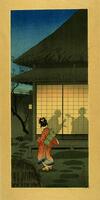
Takahashi Hiroaki
Evening in Tokyo: Figures in Silhouette behind a Shoji screen
1900 – 1921
Gift of Millard Pryor in Memory of Mary S. Pryor
1991/2.110

Patrick Caulfield (British (modern))
Watch me eat, without appetite, à la carte
1973
Gift of Jack A. and Noreen Rounick
2004/2.80.2
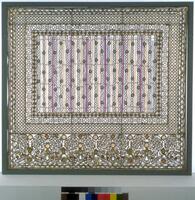
Louis Comfort Tiffany
Firescreen from the entrance hall of the Henry O. Havemeyer house, New York
1890 – 1891
University purchase 1930, transferred to the Museum of Art
1986.146.10
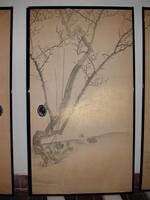
Yokoyama Seiki and Okajima Seikō;Okajima Seikō
A side: Mandarin ducks and plum trees, by Yokoyama SeikiB side: Lakeside landscape, by Okajima Seikô
1850 – 1865
Gift of Helmut Stern
2003/1.405.3
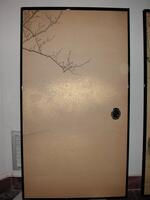
Yokoyama Seiki and Okajima Seikō;Okajima Seikō
A side: Mandarin ducks and plum trees, by Yokoyama SeikiB side: Lakeside landscape, by Okajima Seikô
1850 – 1865
Gift of Helmut Stern
2003/1.405.4
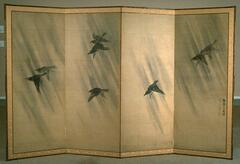
Yosa Buson (Japanese (culture or style))
Crows Flying Through Rain
18th century
Museum purchase made possible by the Margaret Watson Parker Art Collection Fund
1965/1.177
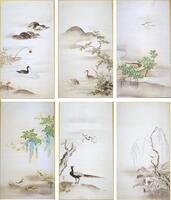
19th century
Museum purchase made possible by the Margaret Watson Parker Art Collection Fund
1965/1.179
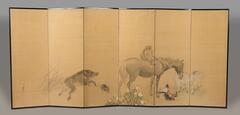
Yoshikawa Kôkei
Animals of the Zodiac (Two of pair)
1924
Museum purchase made possible by the Margaret Watson Parker Art Collection Fund
2003/1.383.2
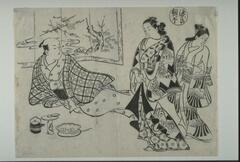
Okumura Masanobu
Courtesan and client: parody of the Kiritsubo Chapter of the Tale of Genji (Mitate Genji Kiritsubo)
1711 – 1716
Bequest of Margaret Watson Parker, through Dr. Walter R. Parker
1948/1.198

George Segal (American (North American))
Untitled
1970
Gift of the Marvin Felheim Collection
1983/1.215

Bill Brandt (British (modern))
Campden Hill, London
1955
Gift of Two Friends of the Museum
1993/1.42

Japanese (Japanese (culture or style))
Battle of the Genji and Heike Forces
1573 – 1650
Museum purchase made possible by the Margaret Watson Parker Art Collection Fund
1964/2.64
Loading…
